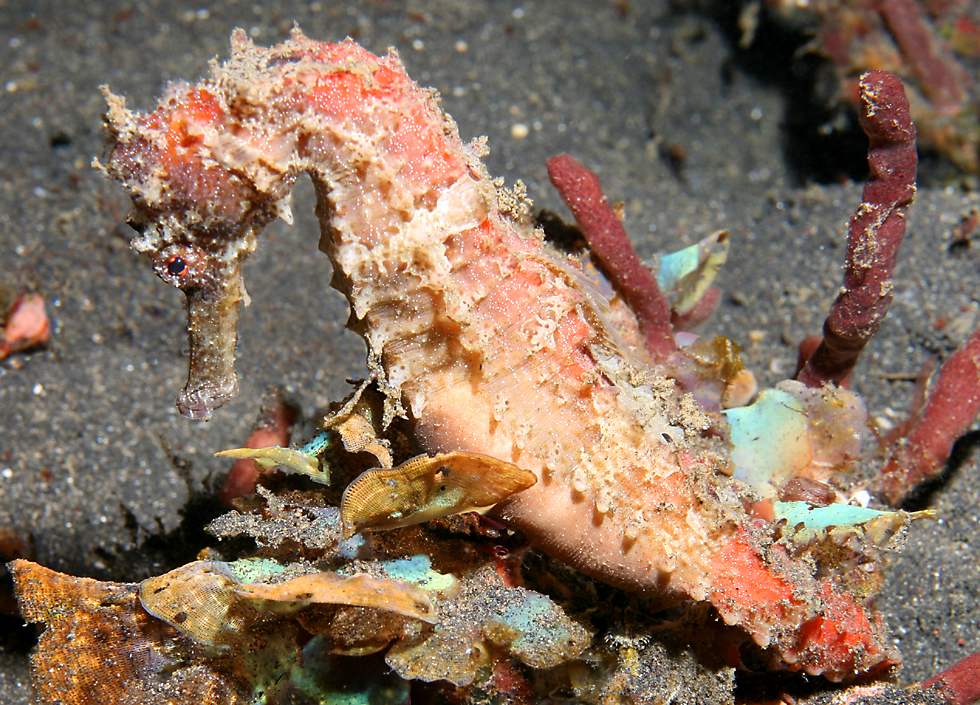
There's tremendous difficulty with consumption of seahorses for traditional Chinese medicines, for the aquarium trade and also for curiosities and souvenirs. Traditional Chinese medicine is the biggest user of seahorses, and the numbers involved in that trade may amount to more than 20 million a year. I should point out, it's not just ethnic Chinese communities—seahorses are also used as medicines by the Indonesians, the Central Filipinos, and a whole host of other racial and ethnic groups around the world. Hundreds of thousands of seahorses are used each year, as well, for the aquarium trade. And the aquarium trade is primarily driven by North American consumption. Most of these seahorses are juveniles, they haven't even bred, they haven't even reproduced when we buy them and put them in our home aquariums, where they usually die. And then the curiosity trade is, again, hundreds of thousands of animals each year.
How you can help...
-
Avoid buying dried seahorses as souvenirs.
-
Avoid buying seahorses as pets. They are difficult to keep and require large amounts of food.
-
Do not remove a seahorse from its home. Taking a pregnant male could mean the lives of 301 seahorses.
-
Help protect seagrasses, mangroves, coral, and estuarine habitats where seahorses live.
-
Adopt a seahorse or volunteer at your local aquarium to help with research.
Last updated: 11-23-2009


